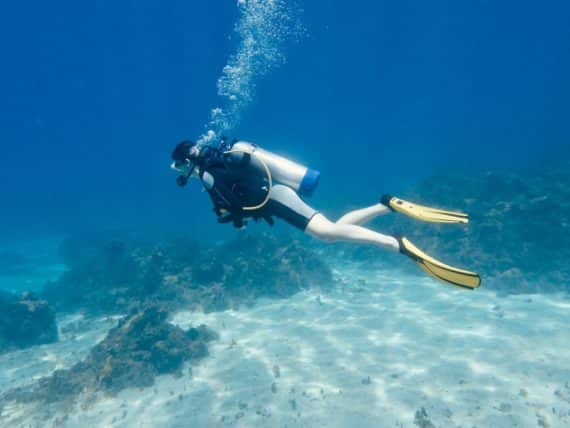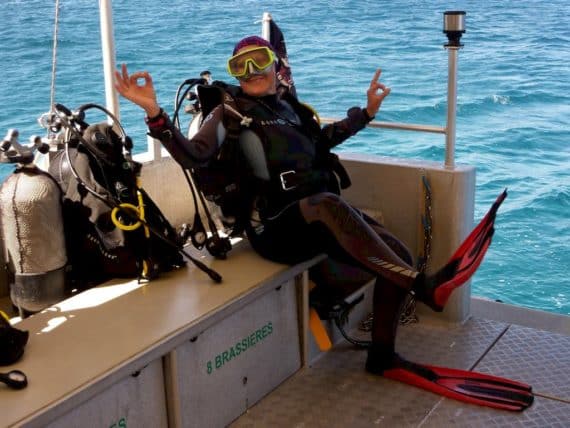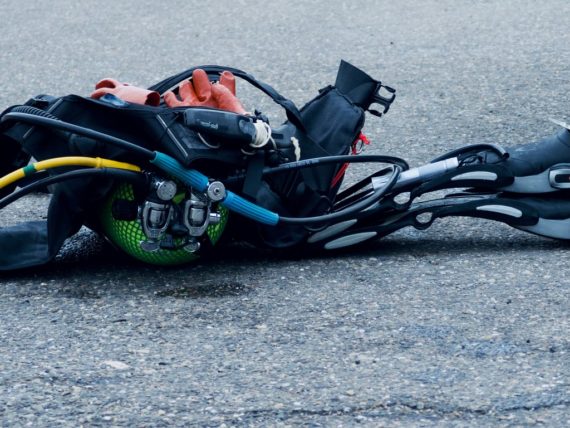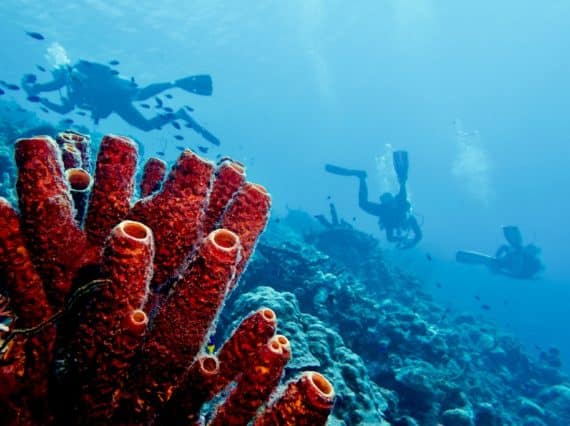a new diving decompression algorithm?

To a new diving decompression algorithm?
One Monday morning, before going to work, I flip through one or the other diving article and come across DAN’s. It addresses the question of the effect of personal factors in diving decompression and discusses the idea of a new algorithm.
Everyone knows that reading theoretical articles on Monday at 7am gives head pain for the whole week (or rather that this passion for diving makes me completely addicted, it’s up to you).
Here, I notice that it has a mixed reception with some readers who find hit of no interest.
And as I wonder about this subject, so … I’m writing an article about decompression!
Diving decompression algorithm: where are we?
Since Haldane, dive algorithms have evolved even though progress is slower and more difficult nowadays. This is because we are trying to get more details and more details for more security.
There are basically two families of algorithms used for the computers of recreational and sports divers (we will not talk about specific developments for industrial diving). On the one hand, the Haldanians, whose most frequently used is the model of B-hmann. And on the other hand, the so-called bubble models of the type RGBM and VPM.
>>> Why I Decided To Stop Teaching The Use Of Dive Tables ?
The idea of all these algorithms is to allow the diver to get out of the water as quickly as possible with maximum safety. Of course, designers put a lot of good will to imagine an ideal model or perfect for all divers. However, there is still a long way to go.
Diving decompression algorithm: where are we going?
Human beings are identical and different: a man is not a woman, for example. Just as a senior diver is not a child…
These differences can have an influence on the decompression of each.
Also, scientists are exploring specific avenues for human factors. Tracks that manufacturers are trying to incorporate into their dive computers. Sometimes it is done with some success. But from time to time, too, we have to go back and abandon some of them.
For example, there have been some challenges, such as the deep landing. Or rather, the landing too deep.
Not too much of a mistake, it can be said that all this requires more research on the physiology of decompression in diving. But also on the pre- and post-diving factors that will influence decompression as a whole.
DAN, which is neither an industry that manufactures diving equipment nor a company that sells its decompression software, often does some very interesting research in this area.
What current is right?
Maybe none!
Indeed, each person has a role to play on his decompression through his general individual behaviors and his current state. It will therefore be difficult (or impossible) to attach these parameters to a decompression algorithm or settings of a dive computer.
However, thanks to the evolution of technology and the miniaturization of electronics, technological possibilities will certainly increase in performance to allow the evolution of knowledge of decompression to better integrate with more efficient computers for the divers of tomorrow.
Diving decompression: about prevention
Finally, this is what I get from this interesting article: the propensity to make bubbles is an individual character that also varies from dive to dive!
Suffice to say, it is even more effective to think about adopting good practices in terms of decompression in scuba diving.
5 best practices to optimize your diving safety
- Make an honest check on your fitness. If necessary, you can decide to improve it (see ideas here)
- Follow the basic safety rules: dive in good shape (not after an exhausting evening), hydrate, adapt depth and time to the conditions…
- Plan your dive accordingly
- It doesn’t matter if you choose one or the other algorithm, follow what your computer will tell you during the dive.
- Don’t give in to the temptation to make your computer “less penalizing.” This term should be banned from our vocabulary and eventually replaced with “more secure.” Between two profiles, always choose the one that goes towards more security. It doesn’t matter if you stay an extra minute or two at the -5m level. You like to be in the water, don’t you?
In the end, we continue to be guinea pigs (but if you see, remember what we said here). Diving decompression, even if studied, is still quite mysterious.
What are your experiences/opinions/returns?
Post them in comment below so we can exchange them together.
And above all… don’t forget to be happy 🤗
Hélène





